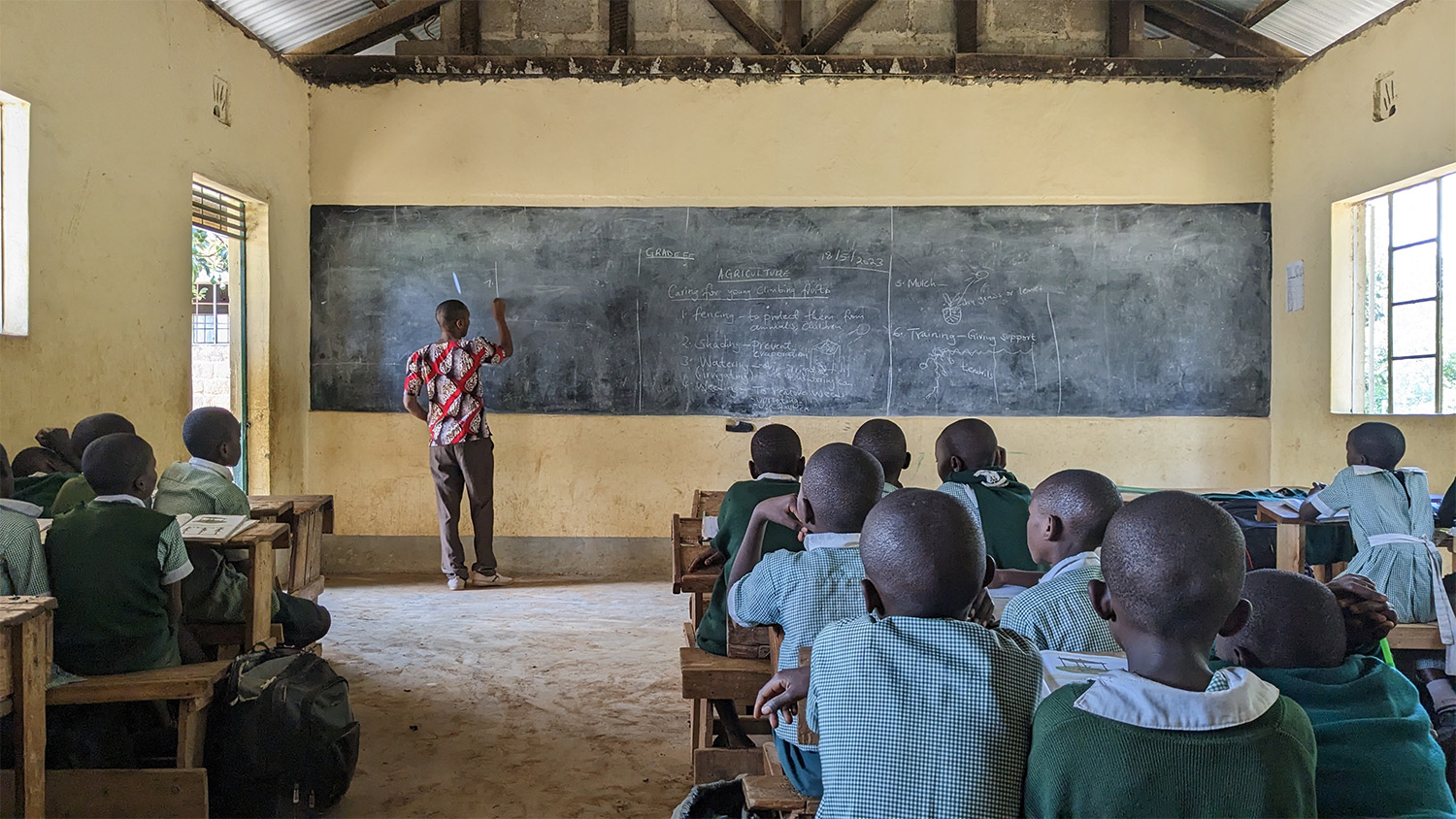Flyover Country
A professor looks to the sky to study campus landscapes and sustainability.

Emily McCoy ’08 MR is a landscape architect who studies how landscape design can affect sustainability. Most of her work happens on the ground — but she admits she’s fine with some of the information coming from up in the air, so to speak.
An associate professor of practice in landscape architecture and environmental planning, McCoy has for the last five years used drones in her Landscape Performance and Metrics class to collect data about urban heat islands on NC State’s campus. Those are the places where surfaces, such as asphalt, trap heat and hold it in for long durations. Identifying these locations helps researchers understand what building materials and what factors, such as adding more plants, could be used to lessen the heat and the time it’s trapped.
“Even though we still do the field collection, drone imagery allows us to get snapshots over different seasons, over different years, really quickly,” McCoy says.
“ . . . drone imagery allows us to get snapshots over different seasons, over different years, really quickly.” – Emily McCoy ’08 MR
The drones, which are flown by McCoy’s partners at NC State’s Institute for Transportation Research and Education, contain thermal cameras that help map campus hot spots. The team is also looking at issues on campus such as storm water management and the educational value of having different landscapes. But to address the urban heat islands, the team will collect data throughout the rest of 2022 and then share its results with campus leaders, hoping some of its recommendations might be considered in a new physical master plan being developed.
McCoy says one interesting finding is that at some campus locations, such as at Talley Student Union, mulch can be hotter than asphalt. So, McCoy says, that information can help inform how the landscape design can be changed to add more plant coverage, for instance, to cut down the heat.
“It seems like a little thing,” she says. “You put it all together it’s actually having a pretty substantial impact on the campus environmental quality.”
- Categories:


